Best workout equipment links
Exercise/fitness equipment available in the fitness clubs are a blessing for people suffering from back pain.
Those who have chosen to move rather than stop moving, those wishing to keep/regain some mobility, young people or seniors willing to maintain functional physical fitness in a safe and supervised environment or just people wanting to lose weight despite chronic back problems.
Workout machines & equipment allow to exercise with a lumbar disc herniation, sciatica, or degenerative disc disease, and for those concerned, it is a way of not admitting defeat and to train their body and mind & keep moving.
I must stress the fact that when pain is acute, it’s best to avoid any workout and avoid any physical activity that would cause more damage and compromise the healing process. Wait for the pain to ease.
Don’t think that your back will get better while exercising too hard or doing sports, because that is just not true.
Exercising and working out do offer some kind of pain relief effect at the moment, but a few hours later, you will pay the price.
A workout machine is not supposed to fix your back or relieve back pain per sé, but it will allow your body to move, and that is exactly what we are looking for here.
While you work out, you make efforts, your muscles work, your heart works, and that is what we want (as opposed to sitting or lying down most of the time.)
It’s by avoiding immobility that the body can heal: this will take some time: a month, six months, six years, depending on your condition, but you have to stay in motion, be patient, and accept your limitations because, with time, they will pass.
I was using the treadmill today and thinking back to those limitations I had been confronted to just a few years ago because of this double herniated disc condition. I realized how much progress I’ve made until then.
I thought I would write a blog post about the benefits of working out and workout machines, just to testify that the correct attitude is never to give up.
And also, list the workout equipment that has helped me get through this unfortunate experience, pointing out those machines that I think you should stay away from during your working out sessions if you have back problems.
Whatever workout machine you use, keep in mind that your goals are heart workout, balance, and motion.
The goal is not to lose fat, not lose weight or burn calories (although you will) and you are neither looking to achieve a performance nor beat any records, so I recommend disabling the calories burning counter.
Each time I forced the pace to burn more calories while working out sports, I had to stop my cardio sessions for several weeks: my back couldn’t take it.
Treadmill & bad back

The treadmill is the most common workout machine in a gym. The treadmill allows you to run or walk at a steady pace by controlling the heart rate accurately & without having to bear the shocks to which the spine is exposed when walking or running outdoors.
I use the treadmill exclusively for walking at a steady pace: I run for 2 or 3 laps maximum, no more: I do not recommend running if you have a herniated disc or sciatica.
It’s a natural tendency to keep the arms straight to the equipment console or heart rate sensors while walking on the treadmill, but that is not a good idea.
Keeping your arms straight forward for an extended period of time is the worst thing you can do for your upper back, neck and shoulders.
It’s better to walk, holding the side rails of the treadmill, and/or keeping your hands in your lower back and pulling your shoulders back as much as you can.
Walking is good for the spine, and when somebody asks me which sport I recommend for back pain sufferers, or which physical activity is best when you suffer from sciatica, bulging disc or degenerative disc disease, my answer is always the same: walk.
Just make sure your back stays straight all the time and keep walking at a reasonable pace.
If you go for a very long walk, you might end up by waking up your sciatic nerve, in which case stop and move to the elliptical, which does a very good job at relieving sciatica pain.
How to use the treadmill to burn fat ?
If your back allows it, you can use the treadmill to burn calories & lose weight.
To achieve that goal, you will have to walk (not run) at a consistent pace for a workout session of at least 45 minutes.Use the incline buttons of the treadmill
The higher the elevation, the longer you walk at a good pace, the more fat you will burn.
Make sure to monitor your heart rate: burning fat on a treadmill is more a matter of duration rather than intensity.
Set the elevation as high as you can but don’t cross any limits. Your workout session must last 45 minutes.
If it’s too hard, reduce the elevation, walk slower.
And again, if your back hurts, forget about burning calories, just walk.
Elliptical trainer workout & bad back
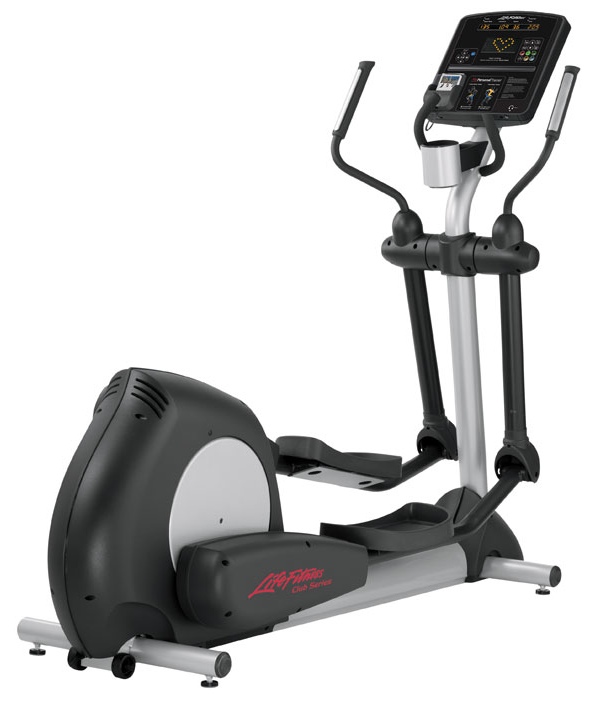
Elliptical trainer workout is great for relieving sciatica pain.
Thank God, sciatica does not bother me so much anymore, but a few years ago, it was good to know that a few minutes workout on the elliptical trainer was enough to relieve pain from the sciatic nerve.
The Elliptical Trainer workout puts the whole body into a natural, well-balanced posture without too much effort (if you keep a low pace).
Standing straight is easier on the elliptical trainer, since your hands hold articulated arms that are constantly moving, forcing the body to stay in balance.
You should find ellipticals trainers in almost every gym, and for me, it’s a minimum of 20 minutes workout session every time.
Regardless of its benefits for the back, the elliptical trainer is also a good workout to burn calories, burn fat and lose that belly that’s been bothering you.
Again, keep an eye on the heart rate monitor because a consistent pace can turn into serious problems: I would advise staying away from the elliptical trainer if you have a heart condition.
Recumbent Exercise Bike & bad back
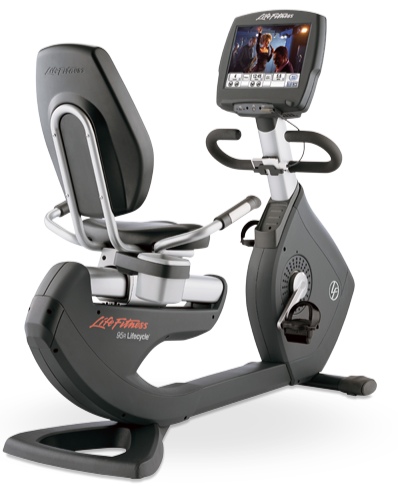
Do not grab the handles located below the console, especially if you have shoulders pain, upper back pain, or cervical problems: use the handles on the sides of the recumbent bike instead.
Even better if you can: cross your hands behind your back while you keep pedaling gently, and make sure you stand straight, with your shoulders “glued” to the backrest of the bike.
Sitting without moving your pelvis and leaving the muscles of your back do the efforts is a really bad idea, and you’re only going to make things worse for you.
Moreover, you’re in the middle of your workout session, and your muscles are warm. You won’t feel the pain at the moment, but mark my words: you will be in a lot of pain later.
You might have to stop working out for several weeks.
A recumbent exercise bike is also a workout machine you want to avoid if you have sciatica.
Upright bike & bad back
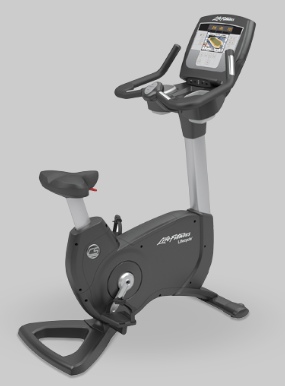
The upright bike also allows to rest the legs while continuing the effort between workout sessions but standing on an upright bike is something you don’t want to do during your workout sessions in case of disc herniation: as for the recumbent bike, it’s not a good idea to remain seated and make efforts if the back is not strong enough.
The upright bike is also an invitation to keep a bad posture, especially if you have a weak back: stay away from this machine if you have a herniated disc!
And as for the lying bike, upright bike with sciatica is not a good idea either.
I know this is worrisome & unsettling: I’ve been there: you have to be patient, and you will be able to sit down again, as before.
As an example and to give a little hope to those who need it: today I can do 30 minutes on the upright bike at home, and my legs beg me to stop, not my back.
Summit trainer & bad back
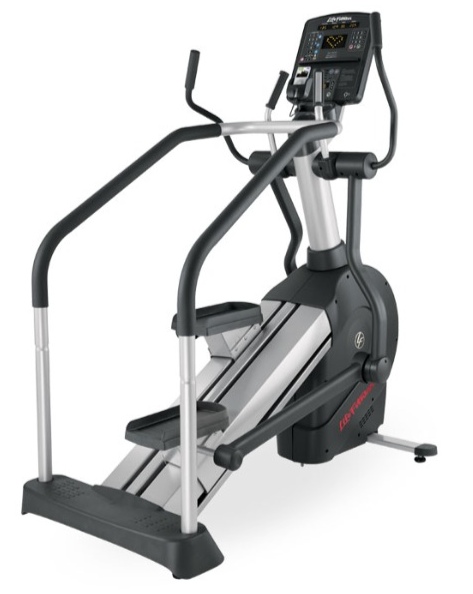
The summit trainer is my favorite workout equipment and the one on which I spend most of my time during the workout. Even with back problems, the summit trainer allows to make very intense efforts without the risks of being hurt, and this is exactly what you want!
My workout on the summit trainer lasts 45 minutes, and I sweat like a beast, without any consequences for my legs, or my back or my shoulders or my cervical spine.
Thanks to the multiple sidebars and handles, you can vary your position throughout the whole session, and as with the elliptical, the handles offer great help to the arms, in supporting the effort produced by the legs and all that while you keep a natural posture.
The guy who invented the summit trainer should have his own statue!
Summit trainer is a great for losing fat
It’s with the summit trainer that I burn most of the calories during the whole workout session. It’s also the summit trainer that made me become addicted to exercising, despite my bad back.
As far as I am concerned, the Summit trainer is the best machine to lose weight when you have back pain.
Other gym equipment & back pain
I usually stay away from gym equipment other than those listed above, especially those which require staying with arms straight or elevated arms.
I also stay away from workout equipment designed to build up muscles. I know I need to re-enforce the muscles in my back, but I do this through posture exercises rather than workout equipment, which is more likely to make things worse for the back.
Some Gym clubs offer collective stretching lessons & posture exercise: sign-up, it’s usually included in the fee.
Other recommandations
- Did you notice that there are plenty of mirrors in the Gym clubs? Well, use them during your sessions, to make sure you stand straight and that your spine is correctly aligned.
- Do not hesitate to ask the coach to keep an eye on you and on your posture: they are usually happy to help, and they provide some useful advice too.
- Beware of the TV screens that are on the consoles of the workout equipment. They probably are not high enough, and you’re going to be sorry if you look at them for too long while you’re exercising. You’re supposed to stand straight, not stay with your head bent for a long period of time. There are probably TV screen hanging on the walls of the Gym: use those instead.
- Same thing for your mobile device or your tablet. I know it’s tempting to look at them while you exercise, but if they are not at the good height, your neck will make you pay for that!
- Get yourself a good pair of sports shoes: sport shoes that offer support and that won’t hurt your feet after 30 minutes exercise.
- Get a personal coach.
Some Gyms offer the possibility to hire a personal coach that will greatly help you reach your target. It’s not cheap but not more expensive than the physical therapist that you will need to see if you don’t use the workout equipment correctly. You can hire a personal coach to get you started on what you need to know, and then go on without him when you feel safe.
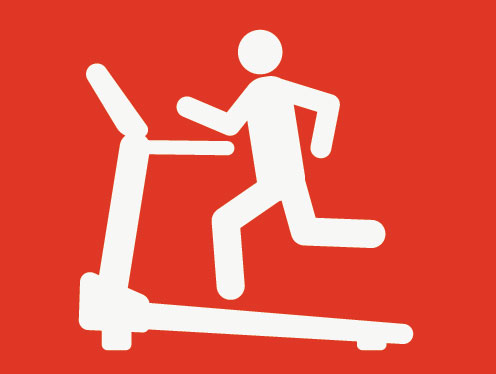
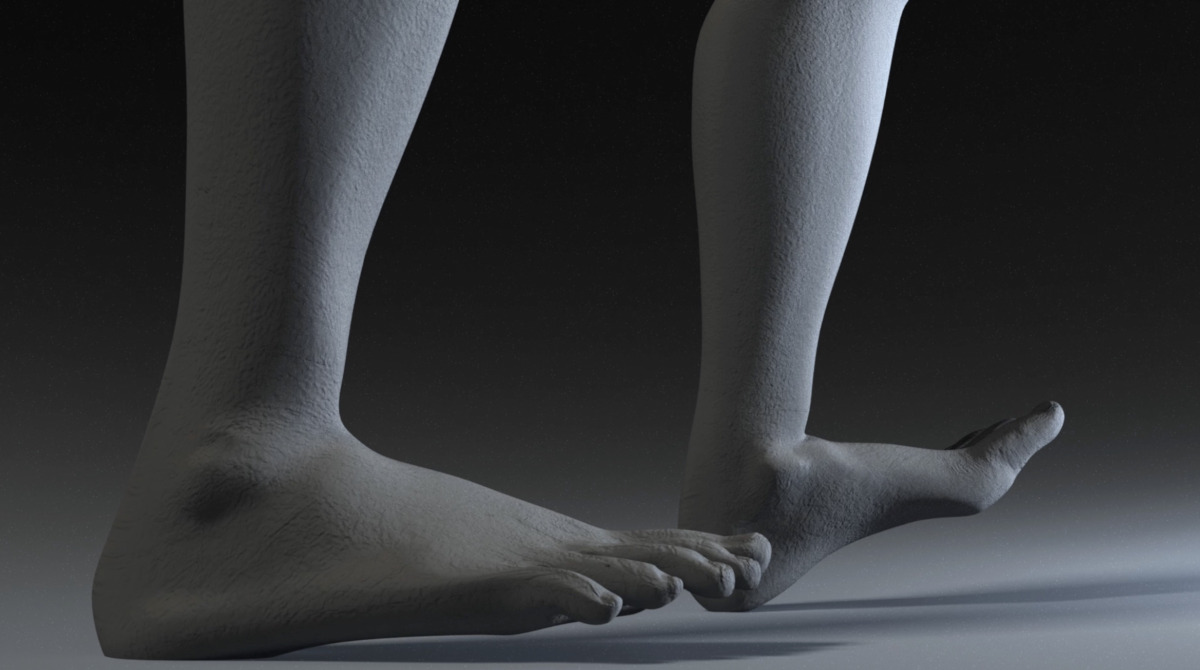
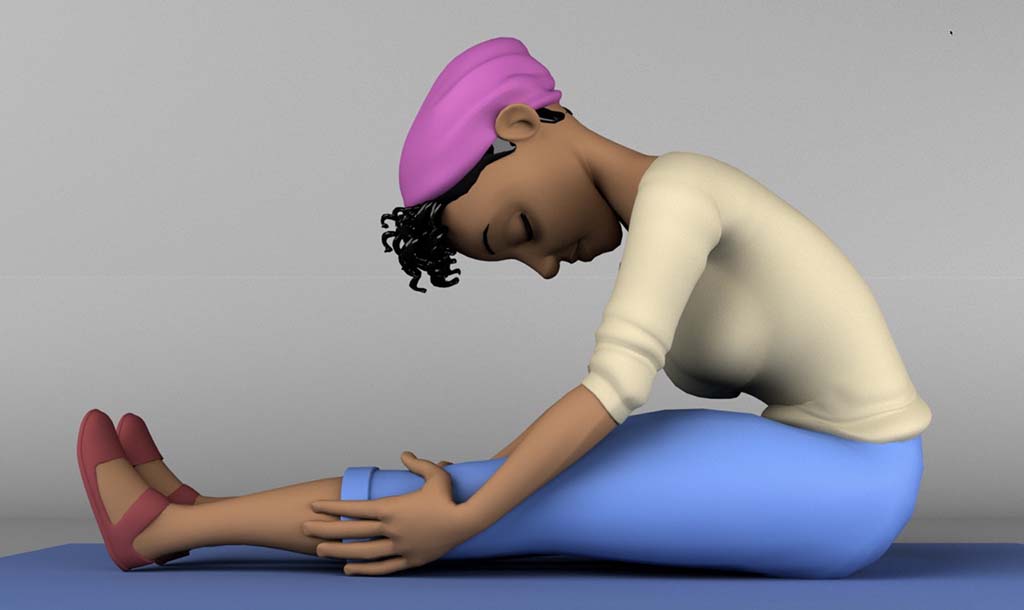
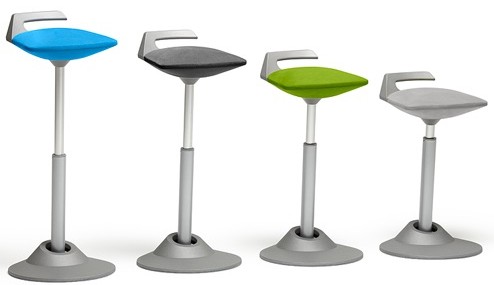
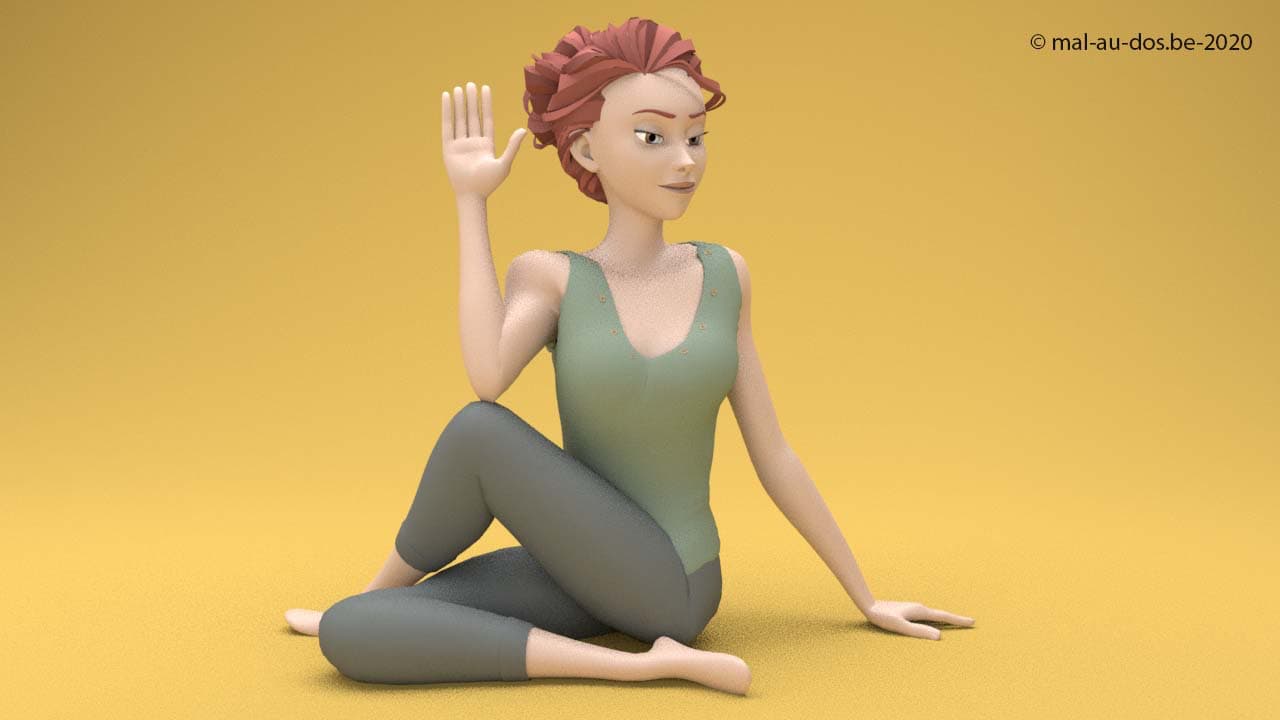
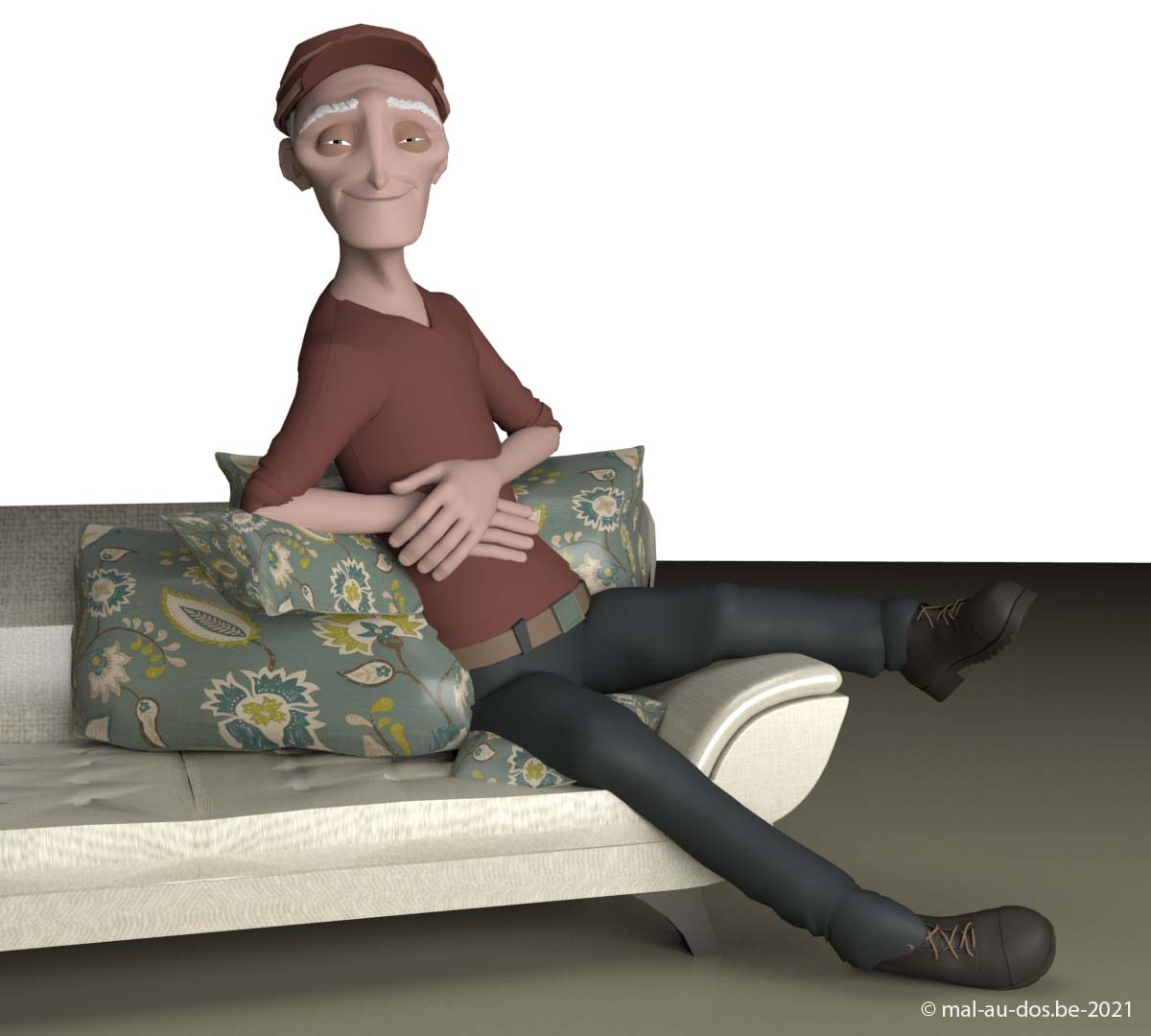
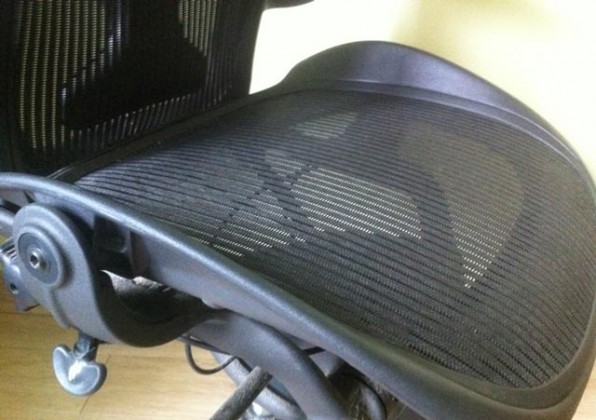
Comments are closed.